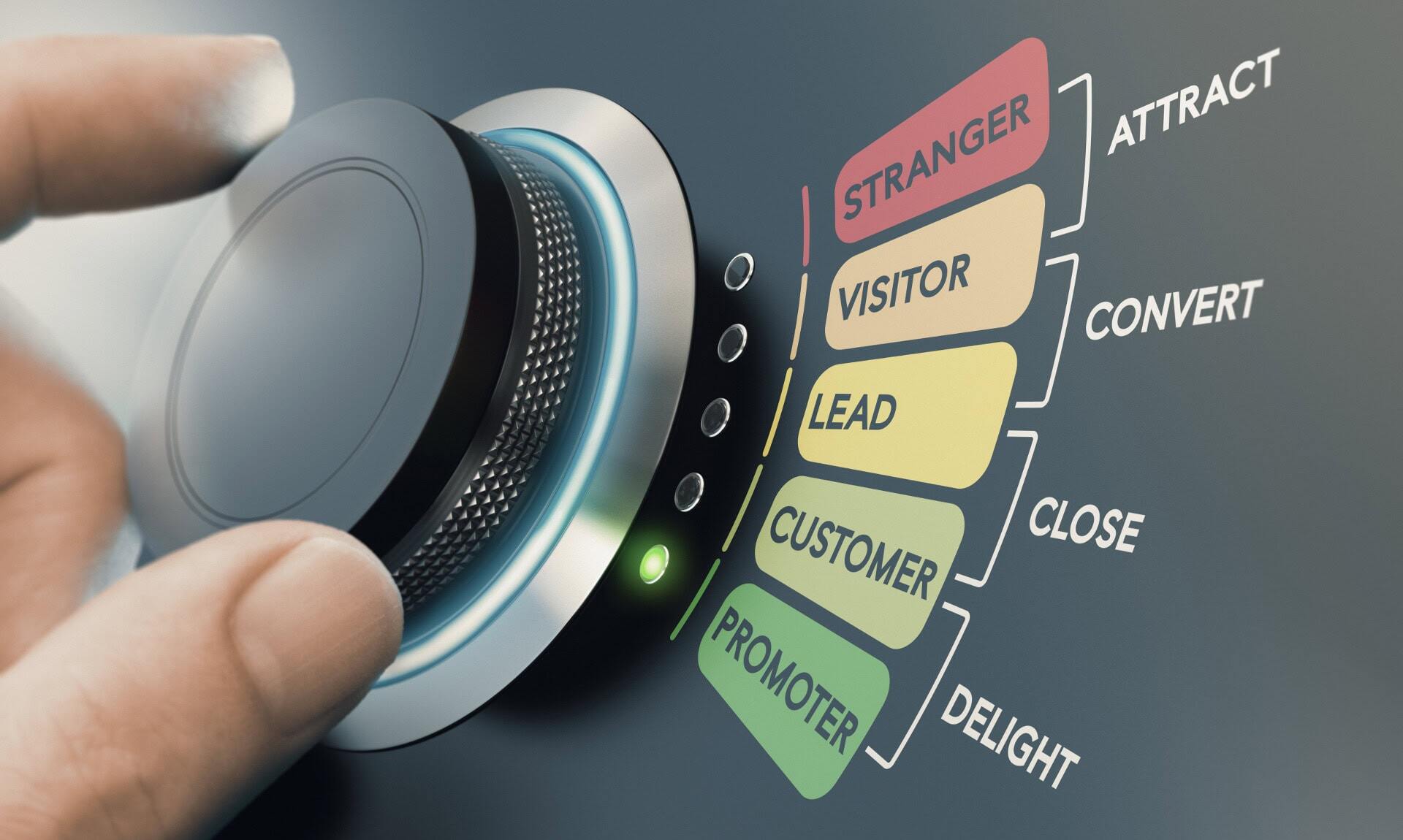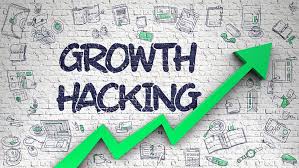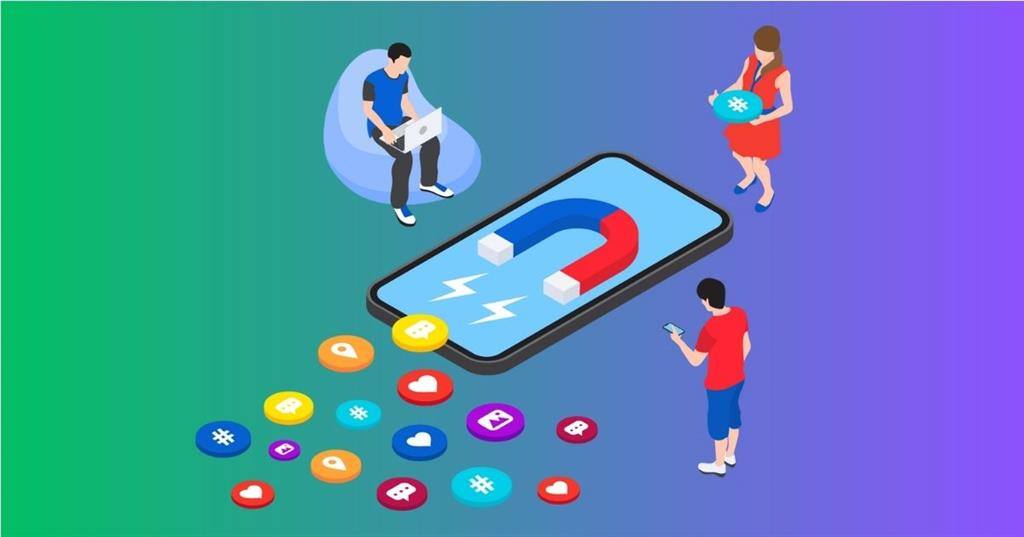
Sales Funnel Optimization: From Leads to Closures
Unlock the secrets to converting leads into loyal customers with strategic sales funnel optimization.
Understanding the Sales Funnel: A Comprehensive Overview
The sales funnel is a crucial framework that guides potential customers through the buying journey. It typically consists of several stages: awareness, interest, consideration, intent, evaluation, and purchase. Understanding each stage allows businesses to tailor their marketing and sales strategies to meet the specific needs of prospects at different points in their journey.
A comprehensive overview of the sales funnel highlights the importance of aligning sales and marketing efforts to create a seamless transition from one stage to the next. This alignment ensures that prospects receive the right information and engagement at the right time, ultimately increasing the chances of conversion.
Identifying and Attracting Quality Leads
Attracting quality leads is the first step in optimizing your sales funnel. Quality leads are more likely to convert into paying customers, making it essential to identify the characteristics of your ideal customer profile (ICP). This involves analyzing demographic information, behavior patterns, and pain points.
Once you have a clear understanding of your ICP, you can employ various strategies to attract these leads. Content marketing, social media advertising, SEO, and targeted email campaigns are effective ways to reach potential customers. The goal is to create valuable and relevant content that resonates with your target audience, driving them to engage with your brand.
Nurturing Leads: Best Practices for Engagement
Nurturing leads involves building relationships with potential customers by providing them with relevant and timely information. This process helps move them down the sales funnel, from initial interest to a buying decision. Effective lead nurturing strategies include personalized email campaigns, informative content, and proactive social media engagement.
Automation tools can significantly enhance lead nurturing efforts by segmenting leads based on their behavior and preferences. This allows for more targeted communication, ensuring that leads receive the information they need at the right time. The ultimate goal is to keep your brand top-of-mind and build trust with your prospects.
Conversion Strategies: Turning Prospects into Customers
Converting prospects into customers requires a combination of strategic planning and persuasive tactics. One effective strategy is to create compelling offers that address the specific needs and pain points of your prospects. Limited-time discounts, free trials, and bundled packages can provide the extra push needed to convert a hesitant prospect.
Another important aspect of conversion is the sales process itself. A streamlined and user-friendly purchasing experience can significantly increase conversion rates. Ensure that your sales team is well-trained and equipped with the necessary tools to handle objections, provide detailed product information, and close deals efficiently.
Measuring Success and Optimizing the Sales Funnel
Measuring the success of your sales funnel optimization efforts is crucial for continuous improvement. Key performance indicators (KPIs) such as conversion rates, lead-to-customer ratio, and average sales cycle length can provide valuable insights into the effectiveness of your strategies.
Regularly analyzing these metrics allows you to identify areas for improvement and make data-driven decisions. A/B testing different approaches, refining your targeting criteria, and adjusting your content strategy are some ways to optimize the sales funnel further. The goal is to create a dynamic and responsive sales process that adapts to changing market conditions and customer behaviors.
.png?width=985&height=253&name=codkdops-one-color%20(1).png)












